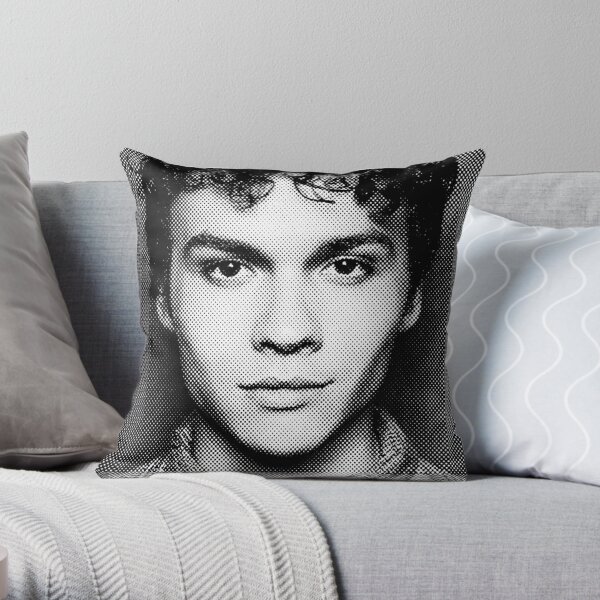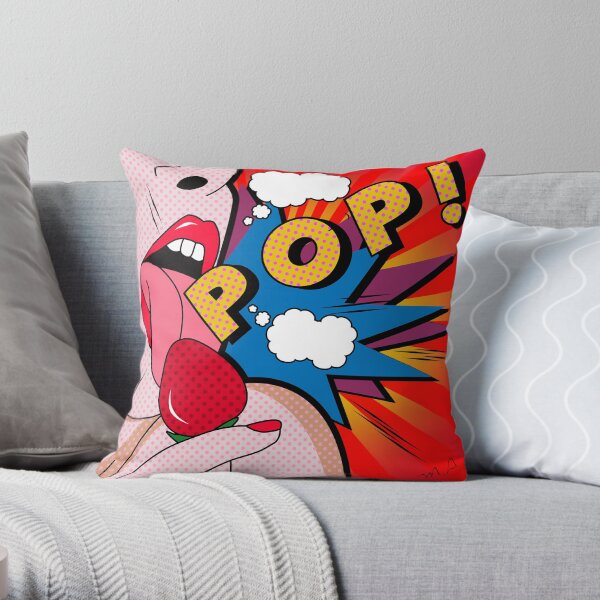Unique Art Fundamentals Explained
Unique Art Fundamentals Explained
Blog Article
The Best Guide To Unique Art
Table of ContentsUnique Art Things To Know Before You Get This3 Simple Techniques For Unique ArtUnique Art for BeginnersUnique Art Things To Know Before You Get This
While one may dispute which art kind holds priority, the fact stays that each of these 7 types gives an one-of-a-kind window right into human history, society, and evolution. They are the tapestries that chronicle our journey, advising us of our past while motivating visions for the future.Wonderful art work informs a tale, makes individuals look twice, and creates a special experience that can not be matched. Art and images communicate all of that with shade, form and various other design elements. Learn exactly how to make your one-of-a-kind art work stand out from the crowd.
3 Emil DervishIn this entranceway by Emil Dervish that stunning cobalt blue door swipes the program. To bring a lot more dramatization, he expanded the paint. to the doorframe and the wall surface up, completing in a curved form. The curves, together with a spherical sconce, soften the edges - Unique Art. Structures classic posters and maps of beloved locations set the scene.
8 TRIA GIOVANEqual components grand and laidback, this foyer developed by Anthony Baratta is the ideal blueprint to adhere to if you're decorating a formal entrance that still really feels unfussy and comfortable. Formed fabrics take spotlight (see the rugs and the couch), however they also aid bring the high ceilings to a human scale when hung over wallpaper.
The smart Trick of Unique Art That Nobody is Talking About
18 Heidi Caillier DesignA gallery wall surface doesn't need to take up the whole room. In some cases a tiny one can make a bigger design declaration. In this living space, Hiedi Caillier opted for micro-mini frameworks and an arbitrary composition.
The components of this languageits shapes, lines, colours, tones, and texturesare utilized in different means to produce feelings of quantity, room, motion, and light on a level surface. These aspects are incorporated into meaningful patterns in order to stand for real or mythological phenomena, to translate a narrative motif, or to create wholly abstract visual partnerships.
Later the concept of the "fine musician" created in Asia and Renaissance Europe. Popular painters were paid for the social condition of scholars and courtiers; they signed their work, chose its style and typically its subject and images, and developed a see here much more personalif not always amicablerelationship with their customers. Throughout the 19th century painters in Western societies began to lose their social setting and safe patronage.
Some Known Questions About Unique Art.
Others gained an income via touring events of their work. The need to appeal to an industry had actually replaced the comparable (if much less impersonal) needs of patronage, and its impact on the art itself was possibly comparable. Usually, artists in the 20th century could get to an audience only via commercial galleries and public galleries, although their job might have been sometimes duplicated in art periodicals
For the history of paint in old Egypt, see Egyptian art and style. The growth of paint in various areas is dealt with in a variety of posts: Western paint; African art; Central Eastern arts; Chinese painting; Islamic arts; Japanese art; Oriental art; Native American art; Nautical art and architecture; South Eastern arts; Southeast Asian arts. For a discussion of the imitation of masterpieces, see bogus. For a conversation of the function of paint and other arts in faith, in addition to of making use of religious icons in art, see religious symbolism and iconography. For details on other arts connected to paint, see short articles such as drawing; people art; printmaking. , even when a painting's narrative importance is odd.
Do not replicate the style of other artists if you're trying to discover your style. Copying other individuals's artwork can be great in educational purposes but it will not make you closer to finding your very own unique style. Your imaginative design has to Learn More Here be, what you like and what motivates you.

The Unique Art Ideas
You need to try great deals of various choices and discover every little thing prior to you can concentrate on one particular design or you'll be tired, or worse, you'll despise your very own style. So I recommend you to attempt each and every single topic that you're interested in, discover as high as you can. Try different tools that thrill you and new strategies you've never ever tried prior to.
With time you'll have the ability to sort every one of them into your favored hop over to here and least preferred groups. Attempt to focus your attention on the topics and tools that you like and before you see it coming you'll have your very own individual and distinct style, like no one else have! So ultimately you'll have a few preferred topics to repaint and maybe a couple of preferred tools.

Report this page